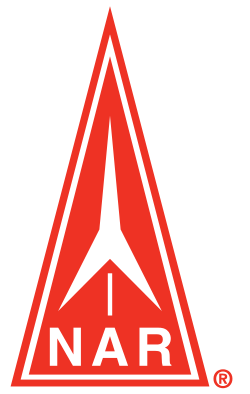
Section 831
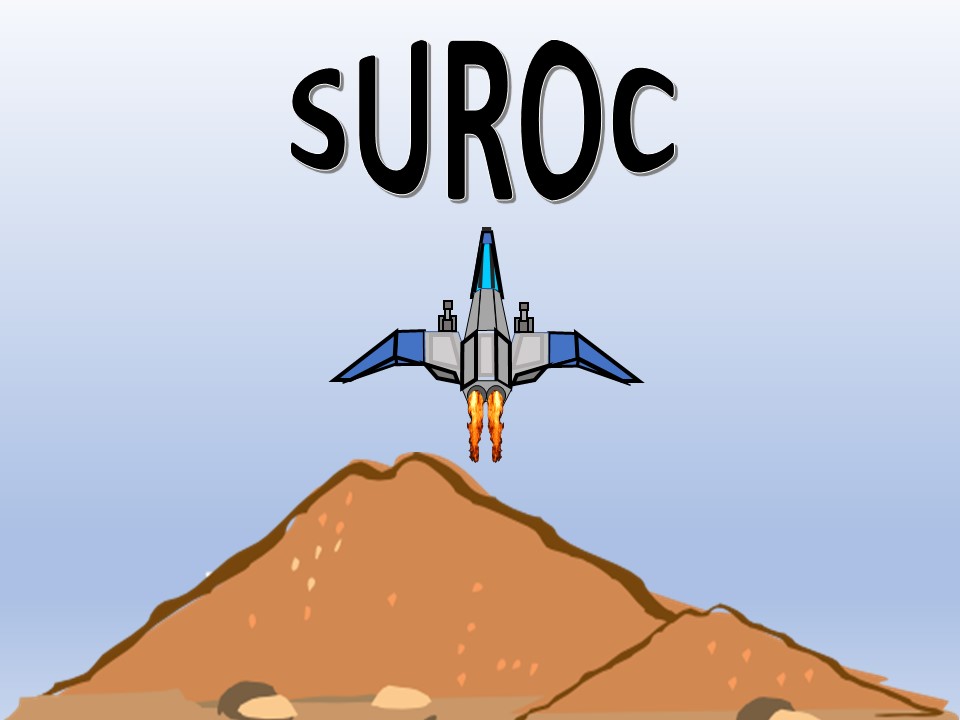
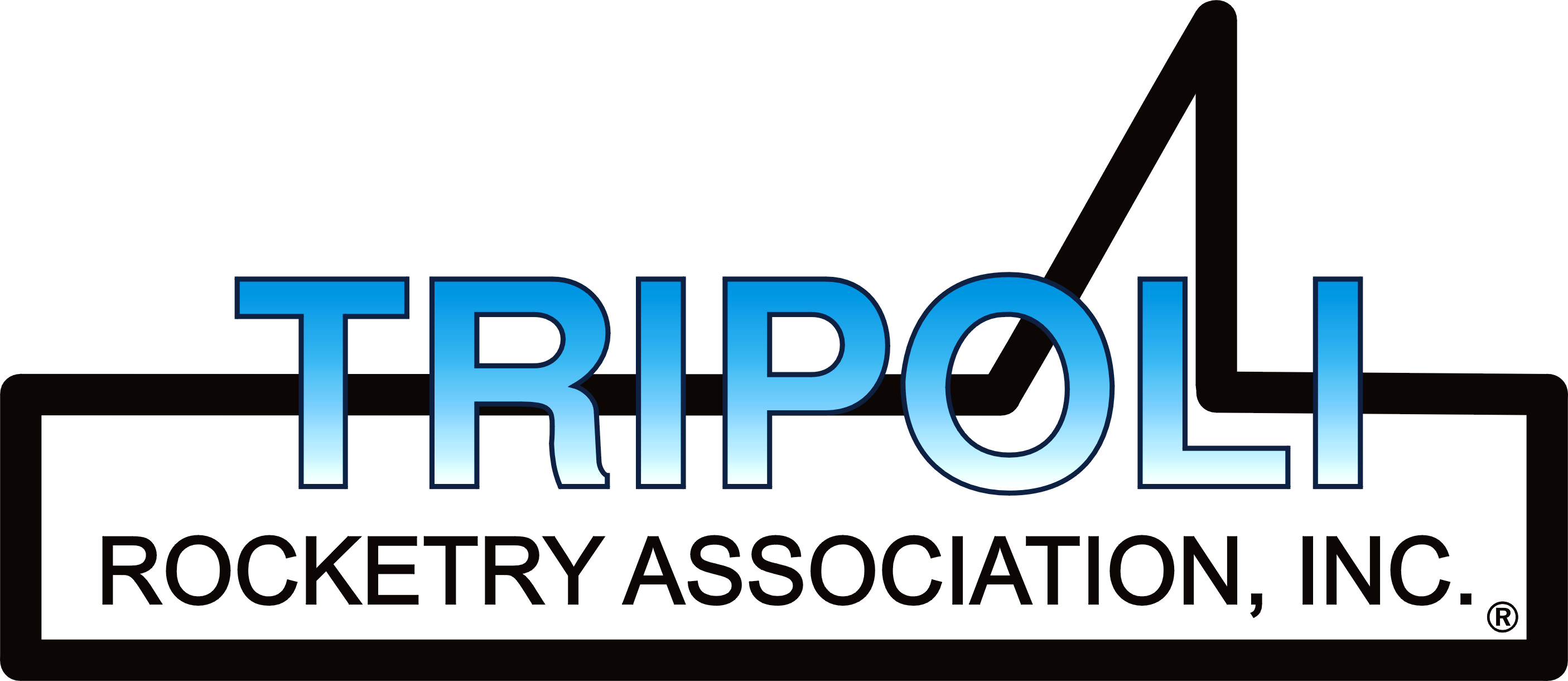
Prefecture 176

Section 831 |

|

Prefecture 176 |
Launches at these sites should follow the NAR Model Rocket Safety Code.
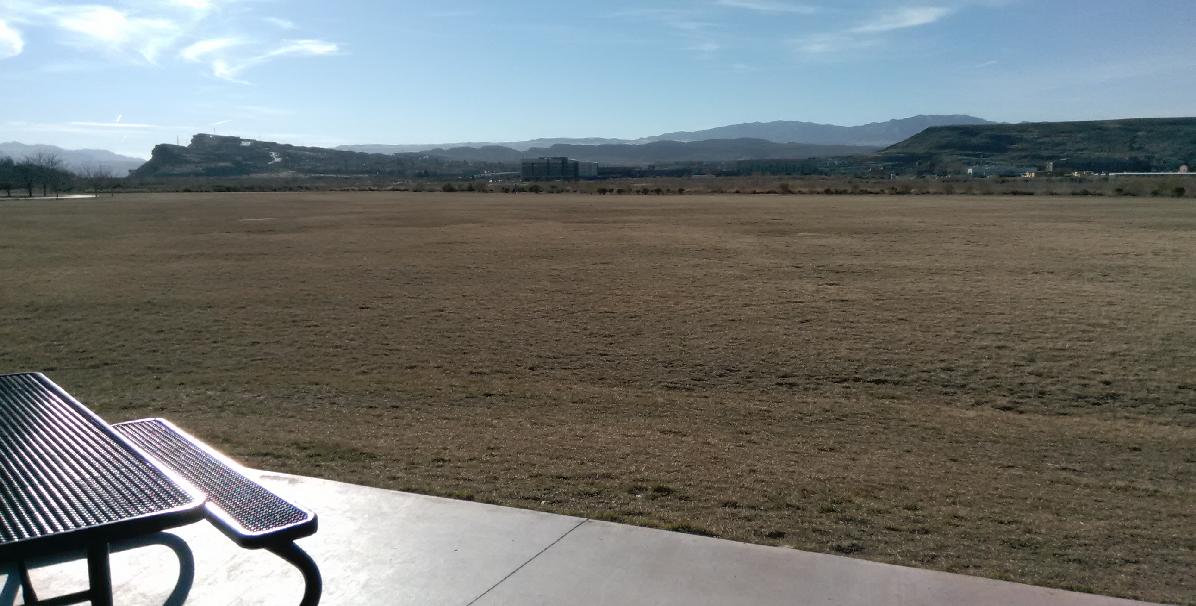
St. James Park has been used by locals for launching model rockets with motors sizes up to size D. The park has a huge (4.5+ acres) flat grassy area, restrooms, and a pavilion with picnic tables and grills. This site is dubbed St James Site.
The dimensions of this site easily supports model rockets with motors up to size C; and marginally to size D.
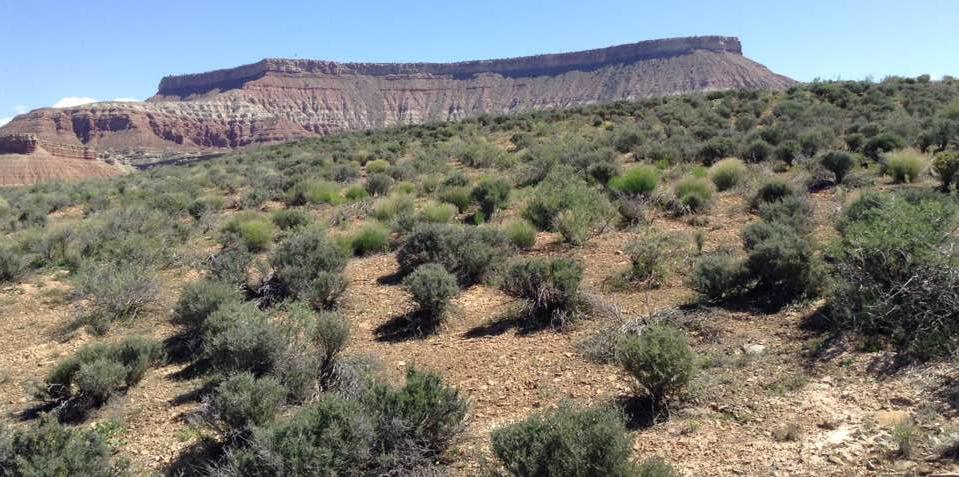
Local hobbiest have been informally launching model rockets east of LaVerkin for several years. The location has beautiful panoramic backdrops consisting of Zion National Park, Gooseberry Mesa, Hurricane Mesa, and the Pine Valley Mountain Wilderness. The site is suitable for launching FAA Class 1 model rockets and is just outside the five mile radius of various active private airports and heliports. There is a mostly inactive private airport test range on top of Hurricane Mesa which is within five miles, so only FAA Class 1 flights are allowed without a FAA waiver. This locations is dubbed: SUREsite1.
In June 2017 the owner of the private lands to the West, South, and SouthEast of SUREsite1 posted private property (no camping, no dumping, no tresspassing) signs. The SUREsite1 site is on the corner of State Land and is no problem when a rockets floats to the NE. But anything floating toward the private lands should have permission from the land owner(s) to recover. An effort is afoot to identify the owner(s) to request such permission.
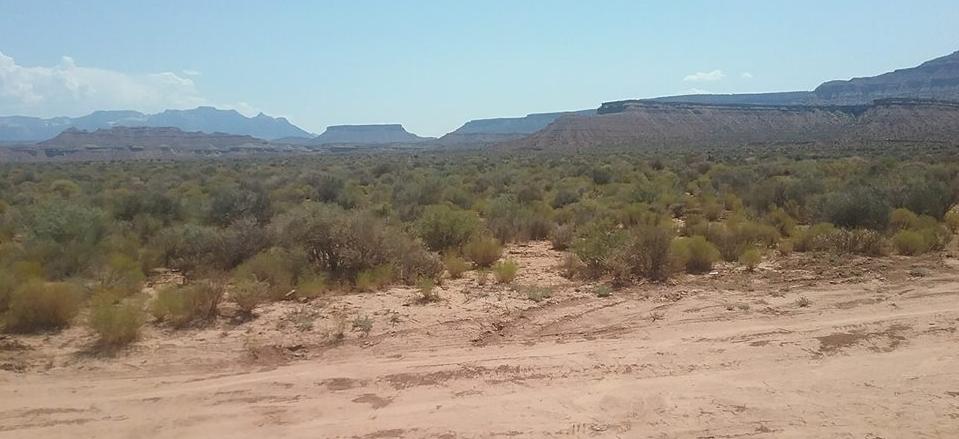
In the meantime, a new location fully within BLM land, dubbed SUREsite1A, has been identified by Jeff and Kathy Anglesey. The launch pad area is perfect for blast-off safety. But there is junk hazards and uneven ground beyond the pad area unsuitable for public launches, especially night launches. Recently, BLM has created and posted designated camp sites througout this region including this site, road and trail. So it is unlikely that it will be usable again for rocket launches.
Class 1 rockets include what used to be known as model and large model rockets. They are defined at 14 CFR 101.22(a):
Class 1 Model Rocket means an amateur rocket that:
- Uses no more than 125 grams (4.4 ounces) of propellant;
- Uses a slow-burning propellant;
- Is made of paper, wood, or breakable plastic;
- Contains no substantial metal parts; and
- Weighs no more than 1,500 grams (53 ounces), including the propellant.
Under the old FAA rules launching large model rockets required prior notification of the FAA. Under the new rules no such notification is required. So long as the general operating limitations at 14 CFR 101.23 listed below are followed, they can be freely launched.
- You must operate an amateur rocket in such a manner that it:
- Is launched on a suborbital trajectory;
- When launched, must not cross into the territory of a foreign country unless an agreement is in place between the United States and the country of concern;
- Is unmanned; and
- Does not create a hazard to persons, property, or other aircraft.
- The FAA may specify additional operating limitations necessary to ensure that air traffic is not adversely affected, and public safety is not jeopardized.
14 CFR 101.27 exempts Class 1 launches from any notification requirement.
Launches at these sites should follow the Unitied Safety Code for High Power Rocketry

Suitable locations in Southwestern Utah for FAA Class 2 rocket launches are extremely limited. The terrain is full of beautiful, but rugged mountains and rocket hungry deep gorges. There is also an abundance of private airports and heliports scattered throughout the tourist attracted region.
There is one known site West of Cedar City that has had BLM and FAA approval back in 2014. We are looking into the history of this site to see if it would still be a viable Class 2 site. This location, if viable, is code named: SUREsite2.
Tom had BLM approval to use this site for rocket launches. The next step is to follow up with the FAA for a waiver to launch Class 2 rockets.
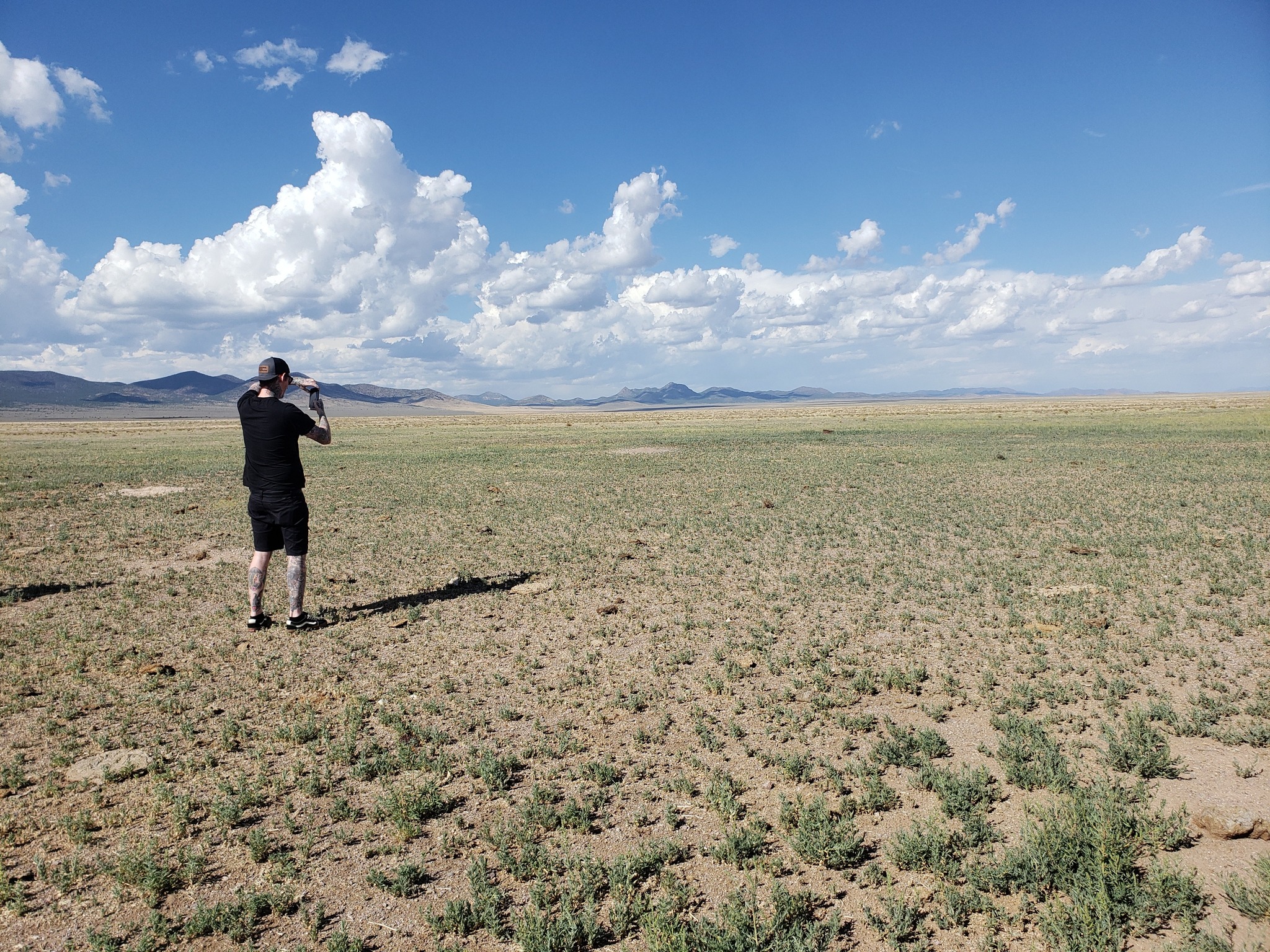
Joe Hill and Jeremy Nelson had been working with the landowners of a very promising property consisting of 800 acres surrounded by 4000 acres of mostly unused farm land. This site is code named: SUREsite2B. It is located west of Beryl and north of Modena, UT.
The area falls within the NTTR (Nellis Test and Training Range) controlled airspace. Joe has been the point man negotiating a deal for a waiver from the NTTR.
We have met with and flown with the 800 acre land owner. There is some inter-owner dispute, not related to rocketry, between surrounding owners of the 4000 acres, so as a backup plan we are looking at SUREsite2 again, and the BLM land, SUREsite2M, at Mud Springs.
The original launch site in Beryl is still on hold due to the landowners having some internal issues, and it is unlikely that those will be resolved soon. We have been pursuing several alternate sites, but unfortunately, the wavier was denied for one and is moving slowly on the other. At this point, we do not anticipate having a high power launch site until sometime in 2026. For now, please plan on continuing to utilize the existing sites with Tripoli Vegas and UROC.
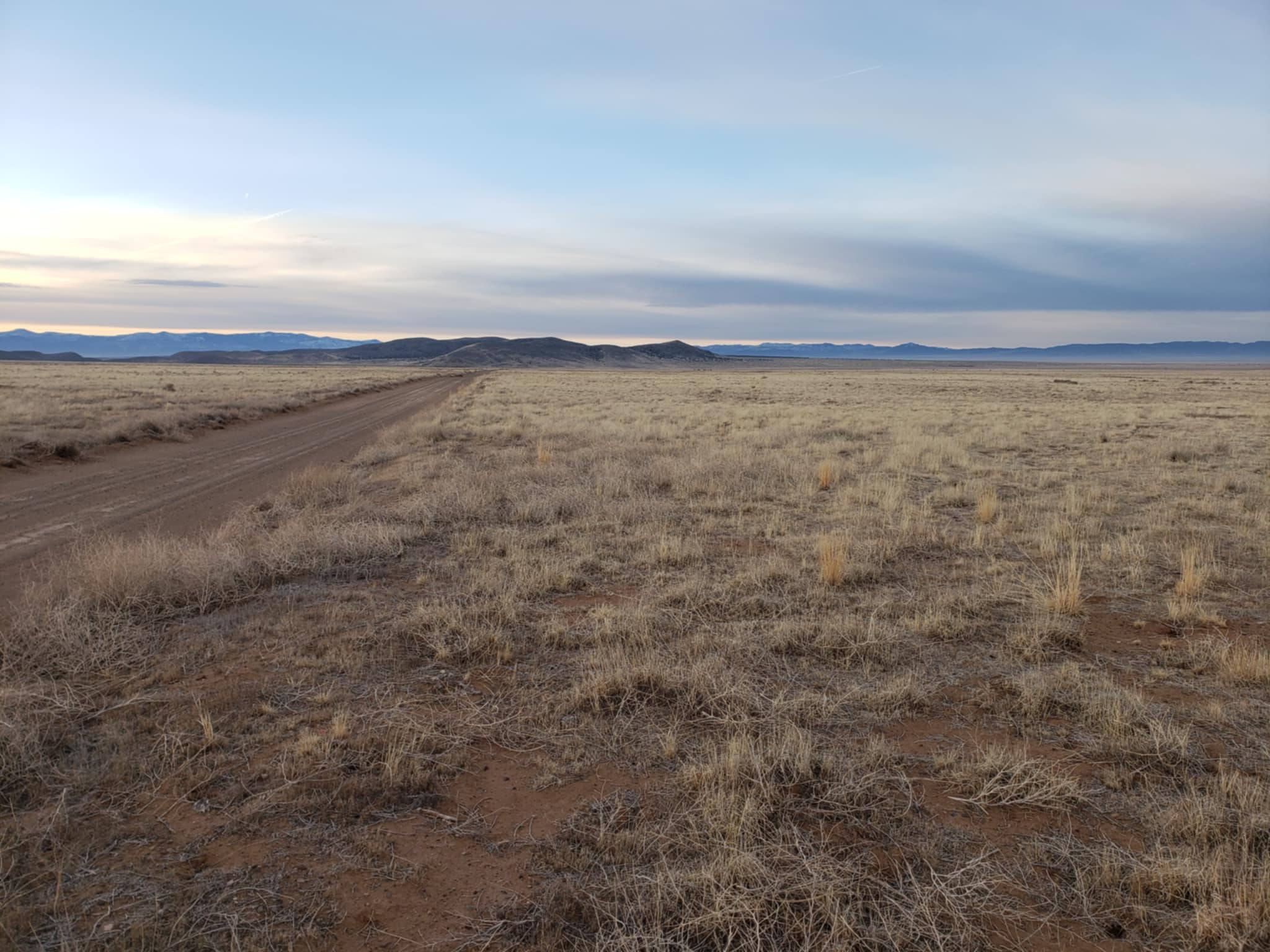
Joe Hill and Jeremy Nelson have been working with BLM on another very promising property. This site is code named: SUREsite2M. It is located north of Cedar City, UT.
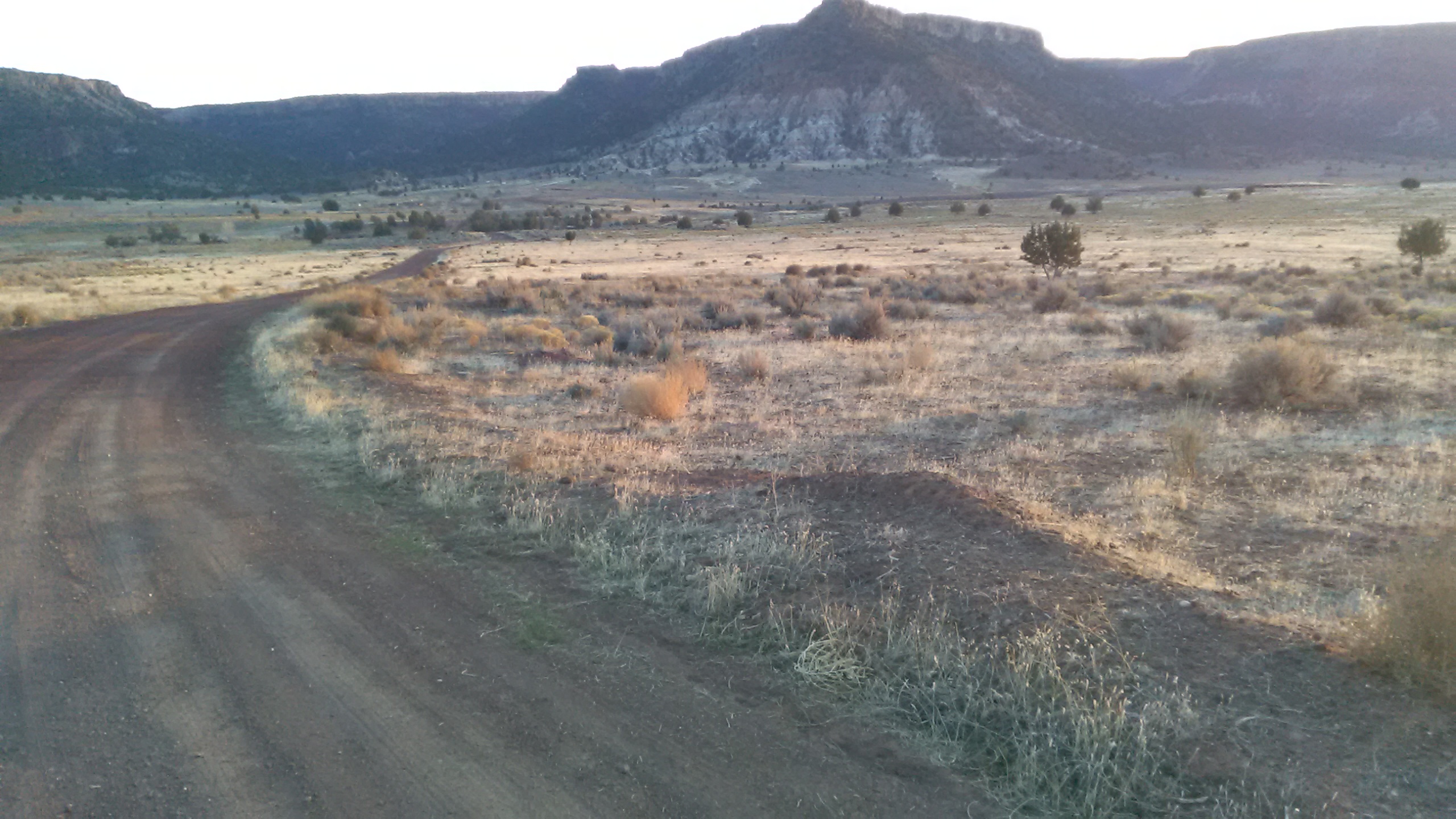
A early site under study was in the Apple Valley, Utah area. Originally it was State land, then transferred to the local water district and subsequently transferred to private investors for development of a golf club which failed and is currently abandoned. Nearby, there is a flat grassy area consisting of 100+ acres; that might support Class 2 launches. Owners and investor's permissions and local permits will probably be needed. This site, if viable, is code named: SUREsite2K. In 2024 the newer sites are much bigger than 100 acres so this site is deprecated.
The new Class 2 rocket category covers high power rockets with up to 40,960 N-s total impulse. While the old rules prohibited flying unmanned rockets into controlled airspace the new rules do not. The new rules do however require prior authorization before launching. This is part of the operating limitations at 14 CFR 101.25.
Operating limitations for Class 2 High Power Rockets.
- You must comply with the General Operating Limitations of 14 CFR 101.23.
- In addition, you must not operate a Class 2 High Power Rocket
- At any altitude where clouds or obscuring phenomena of more than five tenths coverage prevails;
- At any altitude where the horizontal visibility is less than five miles;
- Into any cloud;
- Between sunset and sunrise without prior authorization from the FAA;
- Within 8 kilometers (5 statute miles) of any airport boundary without prior authorization from the FAA;
- In controlled airspace without prior authorization from the FAA;
- Unless you observe the greater of the following separation distances from any person or property that is not associated with the operations applies:
- Not less than one quarter the maximum expected altitude;
- 457 meters (1,500 ft.);
- Unless a person at least eighteen years old is present, is charged with ensuring the safety of the operation, and has final approval authority for initiating highpower rocket flight; and
- Unless reasonable precautions are provided to report and control a fire caused by rocket activities.
Besides prior authorization via a waiver, 14 CFR 101.27 requires notification prior to all Class 2 launches.
No person may operate an unmanned rocket other than a Class 1 Model Rocket unless that person gives the following information to the FAA ATC facility nearest to the place of intended operation no less than 24 hours before and no more than three days before beginning the operation:
- The name and address of the operator; except when there are multiple participants at a single event, the name and address of the person so designated as the event launch coordinator, whose duties include coordination of the required launch data estimates and coordinating the launch event;
- Date and time the activity will begin;
- Radius of the affected area on the ground in statute miles;
- Location of the center of the affected area in latitude and longitude coordinates;
- Highest affected altitude;
- Duration of the activity;
- Any other pertinent information requested by the ATC facility.
There are no suitable FAA Class 3 Launch Sites in Southern Utah. We fly high power at Tripoli Vegas events.
*** Southern Utah Rocket Club ***